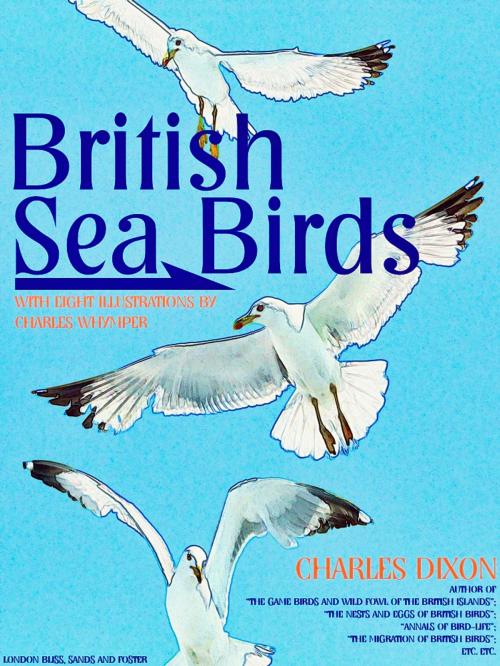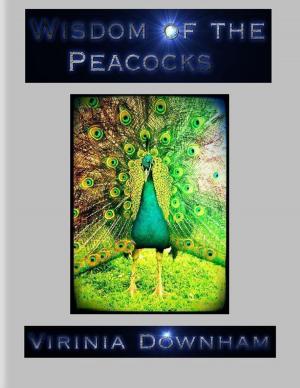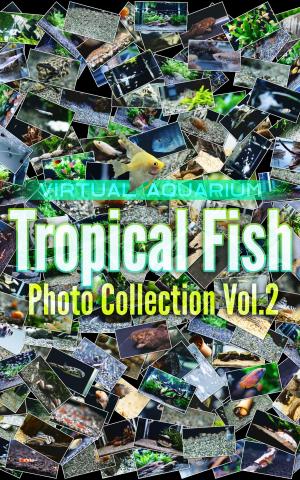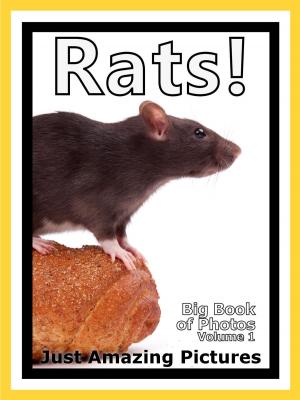British Sea Birds (Illustrations)
Nonfiction, Science & Nature, Nature, Animals, Birds & Birdwatching, Kids, Birds, Pets| Author: | Charles Dixon, Charles Whymper | ISBN: | 1230000274896 |
| Publisher: | LONDON BLISS, SANDS AND FOSTER | Publication: | October 18, 2014 |
| Imprint: | Language: | English |
| Author: | Charles Dixon, Charles Whymper |
| ISBN: | 1230000274896 |
| Publisher: | LONDON BLISS, SANDS AND FOSTER |
| Publication: | October 18, 2014 |
| Imprint: | |
| Language: | English |
Example in this ebook
CHAPTER I.
GULLS AND TERNS.
Amongst the many natural objects that confront the visitor to the sea, there are none more readily detected than birds. The wide waters of the ocean and its varied coast-line of cliff or sand, shingle or mud-flat, are the haunts of many birds of specialised type. Many of these birds are only found on or near the sea; they are as inseparably associated with it as the beautiful shells and seaweeds and anemones themselves. Some of these birds are common and widely distributed; others are scarce or local in their habitat; some frequent the shore, others the water; whilst many are equally at home on both. Again, many of them are migratory, or of wandering habits; some but summer visitors, others winter refugees. It matters 16 little, however, what the season may be, for many interesting birds are sure to be met with by the sea; the wide waters and wet tide-swept shores are a perennial feeding place, and a safe and congenial refuge.
Of all the birds that haunt the sea and the shore, those of the Gull family are the best known. From whichever direction the sea is reached, almost invariably the first indication of its vicinity is a Gull, sailing along, it may be, in easy, careless flight, or wheeling and gliding high in air above the waste of restless waters. The Gull and its kindred then are inseparably associated in the minds of most people with the sea, and with them, therefore, it certainly seems most appropriate to commence our study of marine bird-life.
The Gull family is divided by many systematists into three fairly well-defined groups or sub-families, viz., the typical Gulls or Larinæ, the Skuas or Stercorariinæ, and the Terns or Sterninæ. The Skuas, however, are included with the typical Gulls by many naturalists, a proceeding for which much may be said, thus reducing the three sub-families to two. In their distribution the Gulls and Terns may almost be regarded as cosmopolitan, but the Skuas are chiefly boreal in their dispersal, four of the half dozen known species breeding in the Arctic Regions, and two others dwelling in the higher latitudes of the Southern Hemisphere. Some of the species are very widely distributed; the 17 dispersal of others is just as remarkably restricted. For instance, the Glaucous Gull has a circumpolar habitat, and the Black-headed Gull ranges from the Faröe Islands to Japan; but, on the other hand, Larus fuliginosus is said to be peculiar to the Galapagos Islands and Larus bulleri to New Zealand. Three out of the four species of Arctic Skuas are circumpolar in their distribution; the fourth may possibly be so.
In adult plumage the Gulls are not remarkable for any great diversity of colour. French gray predominates upon the upper parts; the under parts are white, often suffused with a delicate rosy tint; the primaries are usually dark gray, brown, or black, in many species spotted and tipped with white. Some species assume (by a change of colour and not by a moult) a sooty-brown or black head or hood during the breeding season; Ross’s Gull dons a black narrow collar at that period. The wings are ample, long, and pointed; the tail is even, except in Ross’s Gull in which it is wedge-shaped, and in Sabine’s Gull in which it is forked. The legs are comparatively short, and the feet are webbed.
To be continue in this ebook...............................................................................................................
Example in this ebook
CHAPTER I.
GULLS AND TERNS.
Amongst the many natural objects that confront the visitor to the sea, there are none more readily detected than birds. The wide waters of the ocean and its varied coast-line of cliff or sand, shingle or mud-flat, are the haunts of many birds of specialised type. Many of these birds are only found on or near the sea; they are as inseparably associated with it as the beautiful shells and seaweeds and anemones themselves. Some of these birds are common and widely distributed; others are scarce or local in their habitat; some frequent the shore, others the water; whilst many are equally at home on both. Again, many of them are migratory, or of wandering habits; some but summer visitors, others winter refugees. It matters 16 little, however, what the season may be, for many interesting birds are sure to be met with by the sea; the wide waters and wet tide-swept shores are a perennial feeding place, and a safe and congenial refuge.
Of all the birds that haunt the sea and the shore, those of the Gull family are the best known. From whichever direction the sea is reached, almost invariably the first indication of its vicinity is a Gull, sailing along, it may be, in easy, careless flight, or wheeling and gliding high in air above the waste of restless waters. The Gull and its kindred then are inseparably associated in the minds of most people with the sea, and with them, therefore, it certainly seems most appropriate to commence our study of marine bird-life.
The Gull family is divided by many systematists into three fairly well-defined groups or sub-families, viz., the typical Gulls or Larinæ, the Skuas or Stercorariinæ, and the Terns or Sterninæ. The Skuas, however, are included with the typical Gulls by many naturalists, a proceeding for which much may be said, thus reducing the three sub-families to two. In their distribution the Gulls and Terns may almost be regarded as cosmopolitan, but the Skuas are chiefly boreal in their dispersal, four of the half dozen known species breeding in the Arctic Regions, and two others dwelling in the higher latitudes of the Southern Hemisphere. Some of the species are very widely distributed; the 17 dispersal of others is just as remarkably restricted. For instance, the Glaucous Gull has a circumpolar habitat, and the Black-headed Gull ranges from the Faröe Islands to Japan; but, on the other hand, Larus fuliginosus is said to be peculiar to the Galapagos Islands and Larus bulleri to New Zealand. Three out of the four species of Arctic Skuas are circumpolar in their distribution; the fourth may possibly be so.
In adult plumage the Gulls are not remarkable for any great diversity of colour. French gray predominates upon the upper parts; the under parts are white, often suffused with a delicate rosy tint; the primaries are usually dark gray, brown, or black, in many species spotted and tipped with white. Some species assume (by a change of colour and not by a moult) a sooty-brown or black head or hood during the breeding season; Ross’s Gull dons a black narrow collar at that period. The wings are ample, long, and pointed; the tail is even, except in Ross’s Gull in which it is wedge-shaped, and in Sabine’s Gull in which it is forked. The legs are comparatively short, and the feet are webbed.
To be continue in this ebook...............................................................................................................















